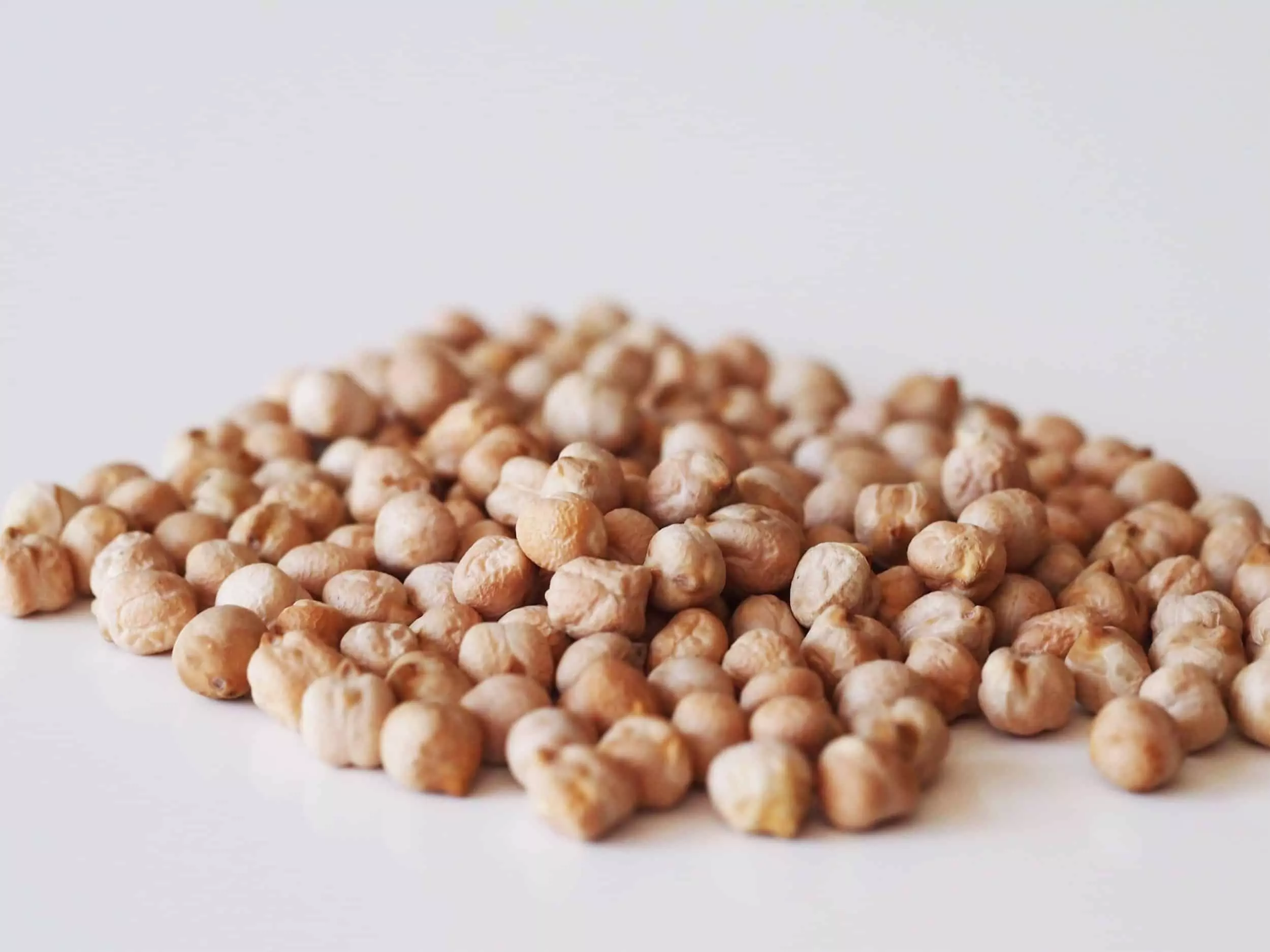High-temperature may be favourable for dry root rot in chickpea: ICRISAT
Scientists from the International Crops Research Institute for the Semi-Arid Tropics (ICRISAT) have discovered that high-temperature drought conditions and low soil moisture content are favourable conditions for dry root rot (DRR), a disease that damages the roots or girdles the trunk in chickpea.
By Newsmeter Network
Hyderabad: Scientists from the International Crops Research Institute for the Semi-Arid Tropics (ICRISAT) have discovered that high-temperature drought conditions and low soil moisture content are favourable conditions for dry root rot (DRR), a disease that damages the roots or girdles the trunk in chickpea. This finding will be useful for the development of resistant lines and better management strategies.
Dry root rot disease causes reduced vigour, dull green leaf colour, poor new growth, and twig dieback. If extensive root damage occurs, the leaves suddenly wilt and dry on the tree. The increasing global average temperature is leading to the appearance of many new plant disease-causing pathogens at a rate hitherto unheard of, one of them being Macrophomina phaseolina, a soil-borne necrotrophic that causes root rot in chickpea. Currently, the central and southern states of India have been identified as the prime chickpea DRR hotspots with an overall 5-35% disease incidence.
Considering the destructive potential of the pathogen and a real possibility of an epidemic scenario in the near future, a team led by Dr. Mamta Sharma at ICRISAT embarked on a journey to unravel the science behind DRR in chickpea.
The team which closely monitored the disease identified that high temperatures ranging between 30 to 35 degrees, drought conditions, and less than 60% soil moisture content are favourable conditions for dry root rot (DRR).
This work supported and funded by the Centre's department of science and technology at the Center of Excellence in Climate Change at ICRISAT proved the close association of this disease with climatic factors. The results have been published in 'Frontiers in Plant Science'.
The scientists explained that Macrophomina survives in a wide range of environmental conditions, even at extreme temperatures, soil pH, and moisture. In chickpea, DRR is highly prevalent during the flowering and podding stages coinciding with high temperature and drought conditions. They are now exploring ways to use the study for the development of resistant lines and better management strategies.
The team is also trying to address the disease favourable conditions identified from a molecular perspective. In a recent breakthrough in gene expression studies, scientists have identified a few promising chickpea genes encoding for enzymes like chitinase and endochitinase, which can provide some degree of defence against DRR infection.
The team at ICRISAT, in collaboration with the Indian Council of Agricultural Research (ICAR) research institutes, has also adopted several multi-pronged approaches, including continuous surveillance, better detection techniques, development of forecast models, screening assays, etc., to fight against such deadly plant diseases.